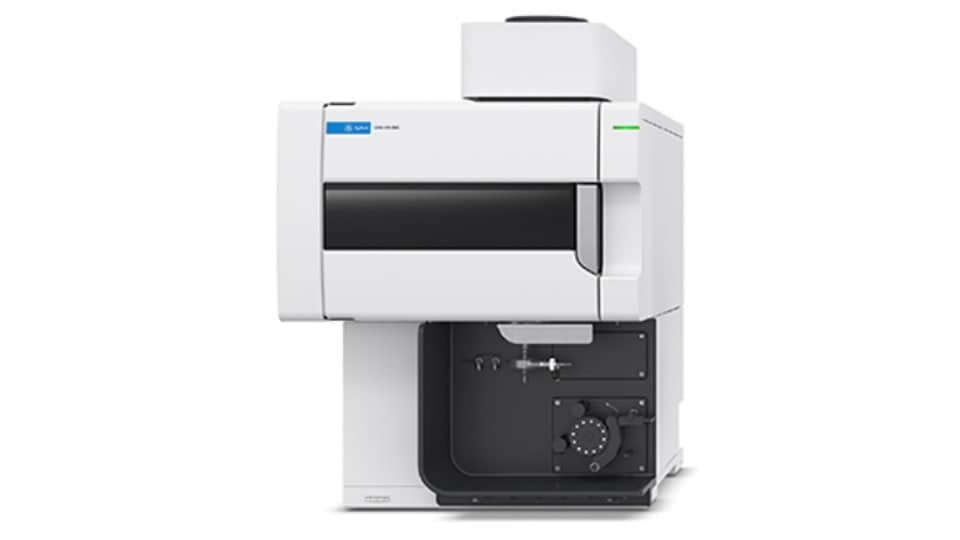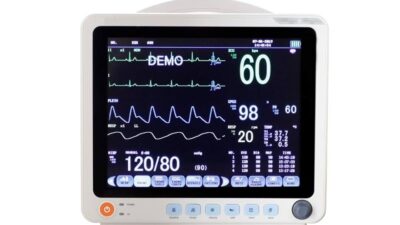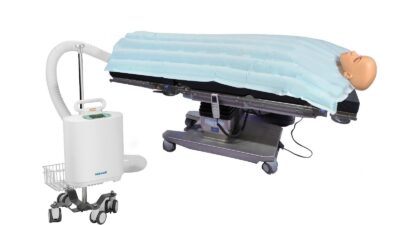When it comes to trace metal analysis, two techniques dominate:
✔ ICP-OES (Inductively Coupled Plasma Optical Emission Spectrometry)
✔ ICP-MS (Inductively Coupled Plasma Mass Spectrometry)
Both are powerful, but they differ in sensitivity, cost, and applications. This guide helps you choose the right one for your lab’s needs.
Table of Contents
ICP-OES vs ICP-MS: Quick Comparison Table
| Feature | ICP-OES | ICP-MS |
|---|---|---|
| Detection Range | ppm to ppb | ppt to ppb (1000x more sensitive) |
| Cost | $50K–$150K | $150K–$300K+ |
| Maintenance | Low (simple optics) | High (vacuum system, tuning) |
| Speed | Fast (high throughput) | Slower (ultra-trace focus) |
| Matrix Tolerance | High (dirty samples OK) | Low (clean samples preferred) |
| Isotope Analysis | No | Yes (e.g., Pb, U dating) |
| Best For | Food, agriculture, industry | Pharma, environment, geochemistry |
How ICP-OES Works
Principle
- Sample is atomized in argon plasma (~10,000°K)
- Excited atoms emit wavelength-specific light
- Detector measures light intensity → concentration
Pros & Cons
✅ Pros:
✔ Handles complex matrices (soil, wastewater)
✔ Lower cost & easier maintenance
✔ Faster for routine analysis
❌ Cons:
✖ Limited to ppm-ppb detection
✖ Spectral interferences possible
How ICP-MS Works
Principle
- Sample is ionized in plasma
- Ions are separated by mass/charge ratio
- Detector counts ions → ultra-trace quantification
Pros & Cons
✅ Pros:
✔ ppt-level sensitivity (1000x better than ICP-OES)
✔ Isotopic analysis (Pb, U, forensic applications)
✔ Wider dynamic range
❌ Cons:
✖ Expensive instrumentation & upkeep
✖ Sensitive to matrix effects
✖ Slower due to calibration needs
Top Applications: ICP-OES vs ICP-MS
| Industry | ICP-OES Applications | ICP-MS Applications |
|---|---|---|
| Environmental | Water/soil metal screening | Ultra-trace As, Hg, Pb detection |
| Food Safety | Nutrient analysis | Heavy metal contamination (Cd, Pb) |
| Pharmaceutical | Catalyst residues | Impurity testing (FDA compliance) |
| Mining/Geology | Ore grade estimation | Isotope ratio analysis |
| Clinical | Essential metals (Fe, Zn) | Toxic metals (As, Hg) in blood |
How to Choose: ICP-OES or ICP-MS?
Choose ICP-OES if you need:
✔ Cost-effective, high-throughput analysis
✔ Analysis of complex/dirty samples
✔ Detection in the ppm-ppb range
Choose ICP-MS if you need:
✔ Ultra-trace (ppt) sensitivity
✔ Isotopic analysis
✔ Regulated testing (FDA, EPA)
Cost Comparison: ICP-OES vs ICP-MS
| Factor | ICP-OES | ICP-MS |
|---|---|---|
| Instrument Cost | $50K–$150K | $150K–$300K+ |
| Maintenance | Low | High (vacuum, gas) |
| Argon Use | Moderate | High-purity needed |
| Best For | Budget-conscious labs | Ultra-trace research |
FAQs
Q1: What is the main difference between ICP-OES and ICP-MS?
A: ICP-OES measures light emission from excited atoms (ppm-ppb detection), while ICP-MS measures ions by mass (ppt-level sensitivity).
Q2: Is ICP-MS worth the extra cost?
A: Only if you need ultra-trace detection or isotopic analysis. For routine testing, ICP-OES is more cost-effective.
Q3: Which is better for environmental labs?
A: ICP-OES for general metal screening; ICP-MS for ultra-trace pollutants like arsenic or mercury.
Q4: Can ICP-OES detect isotopes?
A: No, only ICP-MS can perform isotopic analysis (e.g., lead or uranium dating).
Q5: Which has higher sample throughput?
A: ICP-OES is faster for batch testing, while ICP-MS is slower due to its sensitivity requirements.
Future Trends in ICP Technology
- Automated ICP systems (reduce human error)
- Triple-quad ICP-MS (better interference removal)
- Green ICP (lower argon consumption)
- AI-assisted data analysis
Conclusion: Which One Should You Buy?
| If You Need… | Choose… |
|---|---|
| Budget-friendly, high-throughput | ICP-OES |
| Ultra-trace, isotopic analysis | ICP-MS |
Pro Tip: Many labs use both—ICP-OES for routine work and ICP-MS for specialized testing.
🔗 Still unsure? Consult an ICP expert for personalized advice!



